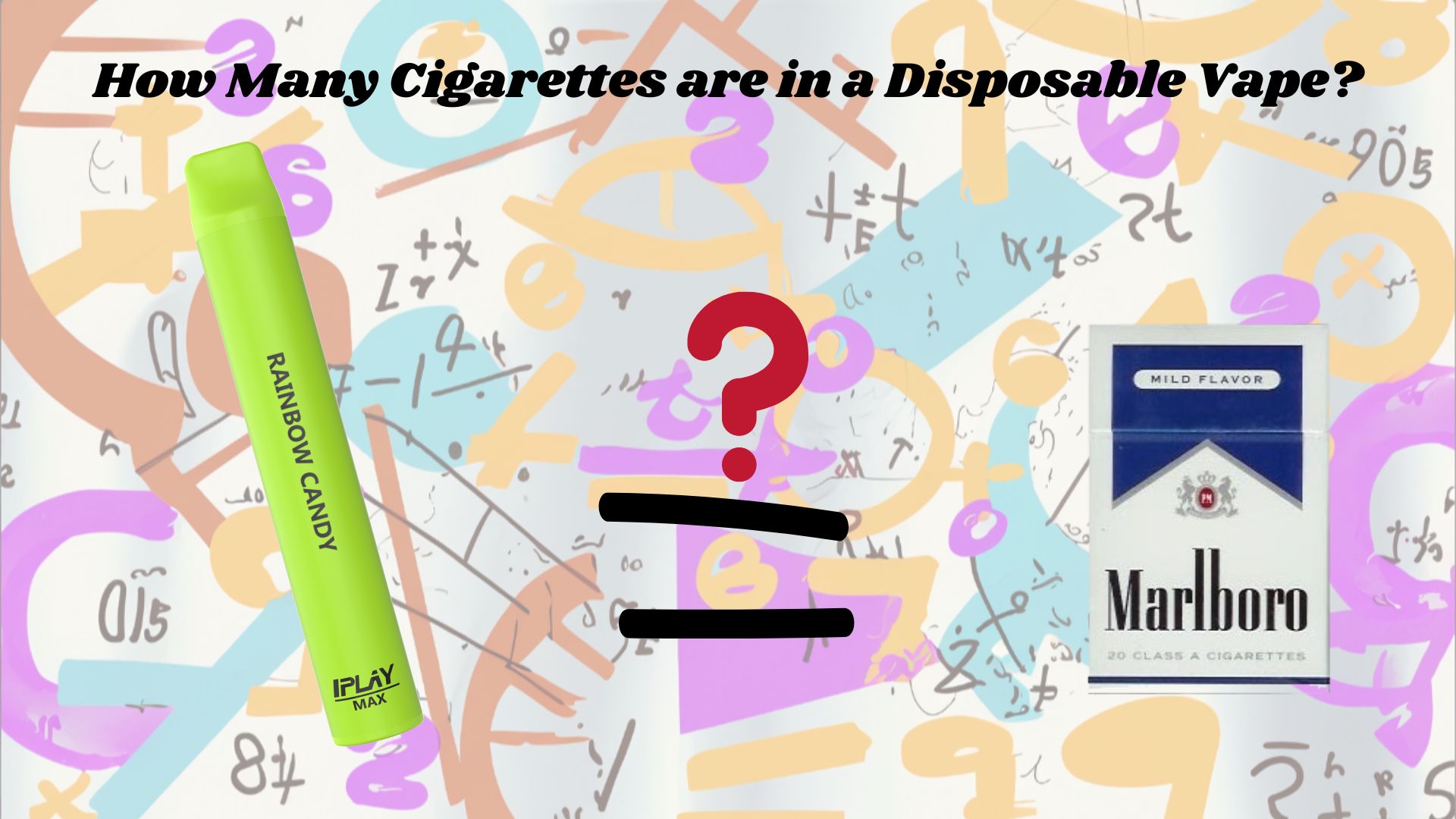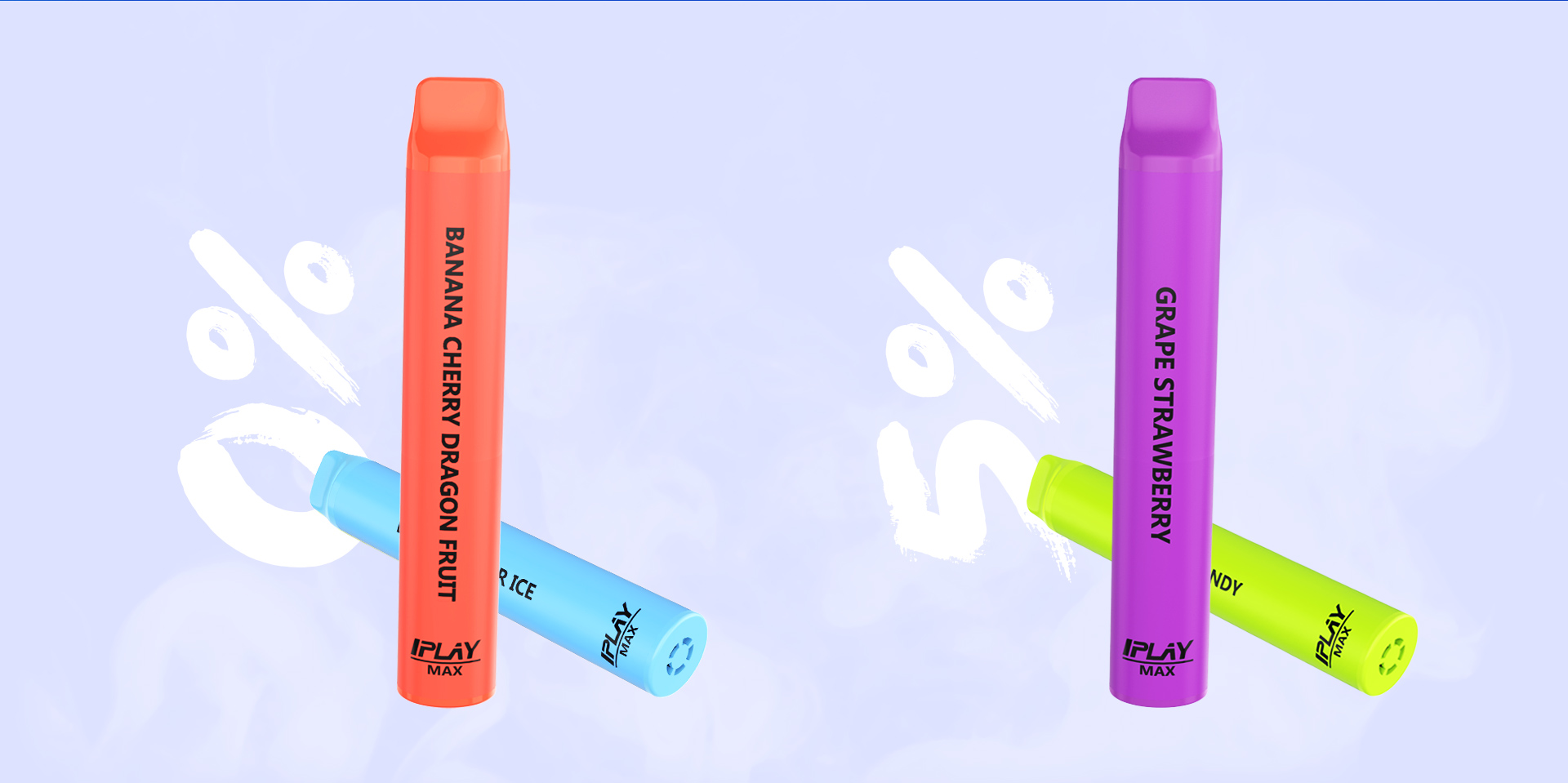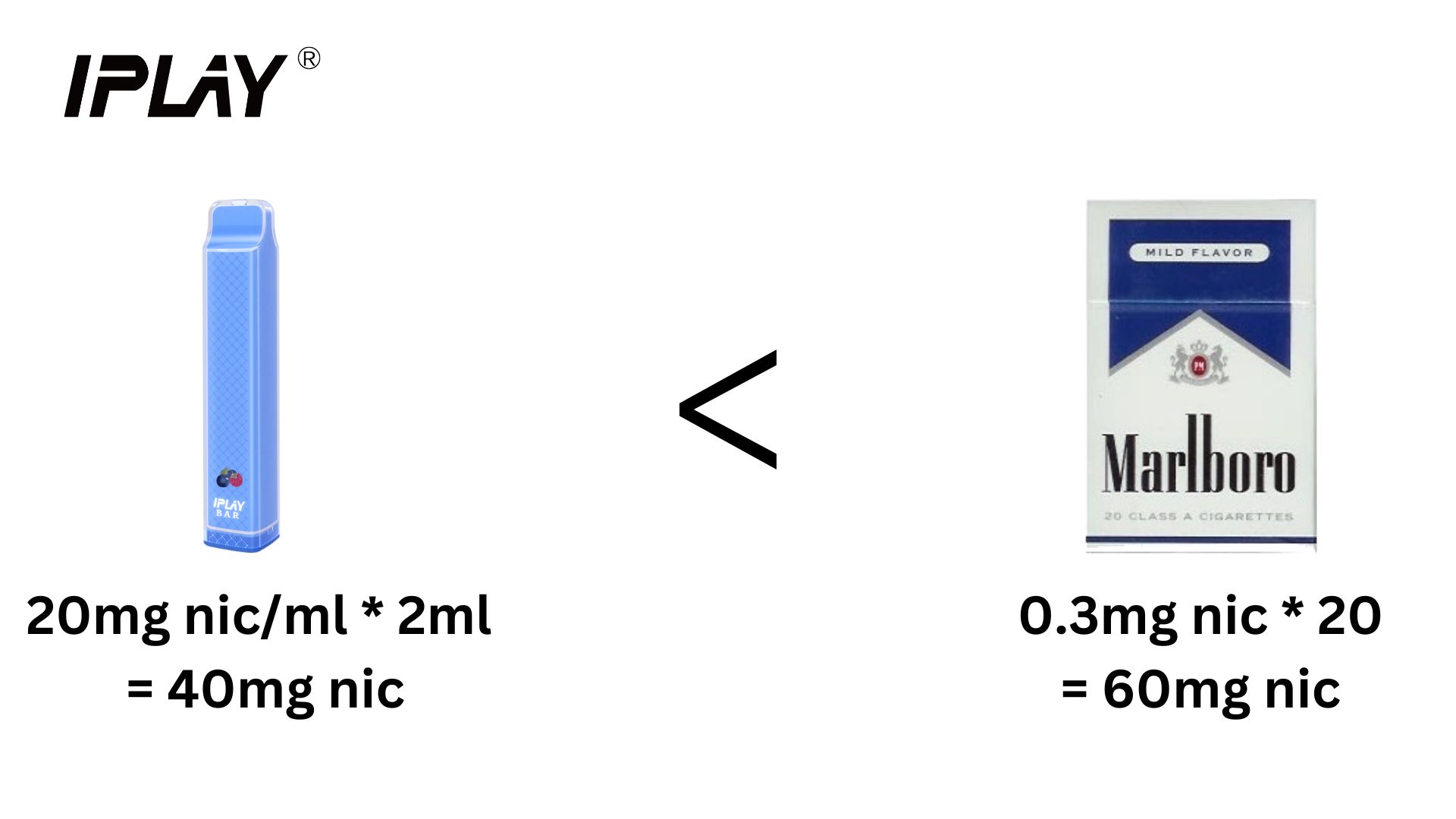Disposable vapes have emerged as a popular alternative to traditional cigarettes, offering users a sleek and convenient way to enjoy nicotine without the drawbacks of smoking. One common question among both vaping enthusiasts and those considering making the switch is: “How many cigarettes are equivalent to a disposable vape?” In this article, we delve into the intricacies of nicotine content, vaping dynamics, and cigarette equivalence, shedding light on this often puzzling comparison.

Part 1: Nicotine Content in Disposable Vapes and Cigarettes
A comprehensive grasp of the nicotine equivalence dynamics necessitates a thorough comprehension of the nicotine content present in both disposable vapes and conventional cigarettes. In essence, the intricate relationship between these two mediums hinges upon the intricate interplay of nicotine concentration and delivery mechanisms.
Traditional cigarettes, those time-honored staples of nicotine consumption, are characterized by their variable nicotine content. Ranging across the spectrum, these nicotine levels typically hover between approximately 8 to 20 milligrams per cigarette. For example, in a pack of Marlboro red, each cigarette contains 10.9mg of nicotine, while in a pack of Camel blue, each one only contains 0.7mg of nicotine. This broad range accommodates the diverse preferences and habits of smokers, catering to those seeking milder nicotine experiences as well as those craving a more potent dose.
In stark contrast, the realm of disposable vapes unfolds with an entirely distinct narrative. These modern marvels encapsulate their nicotine payload within pre-filled e-liquid cartridges. When it comes to vape pods, nicotine content is typically presented in either milligrams or a percentage, signifying the concentration within the liquid solution. This configuration allows users to select from a gamut of nicotine intensities, catering to an array of preferences spanning from the nicotine-averse to those accustomed to the heftier nicotine dosages found in traditional cigarettes. Typically, a disposable vape allows users to choose from 2% to 5% nicotine, which would be a great reduction compared to traditional tobacco. And there is also 0% nicotine disposable vape pod available in the market. Like IPLAY, a brand offering a variety of nicotine choice fosr users, providing a customized option for consumers from 0% to 5% nicotine content.
In essence, the foundation of the nicotine equivalence inquiry is established upon this intricate dichotomy. The comparison between nicotine levels in disposable vapes and traditional cigarettes hinges on unraveling the mysteries of concentration and consumption, painting a vivid picture of the nicotine landscape for those seeking to make informed choices in their nicotine consumption journey.

Part 2: Calculating the Equivalence of Nicotine Content
Nicotine Content in Disposable Vapes:
1. Check Nicotine Concentration: Disposable vape pods typically mention nicotine concentration in milligrams per milliliter (mg/mL) or as a percentage. For example, if a disposable vape pod states 50 mg/mL or 5% nicotine, it means there are 50 milligrams of nicotine in each milliliter of e-liquid.
2. Calculate Total Nicotine: To determine the total nicotine content in a disposable vape pod, multiply the nicotine concentration (in mg/mL) by the volume of e-liquid in milliliters. For instance, if a pod contains 2 mL of e-liquid and has a nicotine concentration of 50 mg/mL, the total nicotine content would be 100 milligrams (50 mg/mL * 2 mL).
Nicotine Content in Cigarettes:
1. Identify Nicotine Content: Cigarette packs often display the nicotine content for each cigarette, typically in milligrams. This information can vary based on the brand and type of cigarette. For instance, if a cigarette pack states 12 mg nicotine per cigarette, it means each cigarette contains 12 milligrams of nicotine.
2. Calculate Total Nicotine: To find the total nicotine content in a pack of cigarettes, multiply the nicotine content per cigarette by the number of cigarettes in the pack. For example, if a pack contains 20 cigarettes with 12 mg nicotine each, the total nicotine content in the pack would be 240 milligrams (12 mg * 20 cigarettes).
Comparing the Equivalence:
Now that you have the total nicotine content for both a disposable vape pod and a pack of cigarettes, you can make a rough comparison. For example, IPLAY BAR & Marlboro Silver Blue. The disposable device contains 2% nicotine in 2ml e-juice, while the latter has 0.3mg nic in each cigarette, and the total amount is 20. So we have a very clear result:

However, remember that this is a general estimate and can vary based on individual vaping habits, nicotine tolerance, and other factors. And for users’ health, disposable vapes are a more recommended option, as they don’t contain tar or other harmful chemicals. Vapers are also free to use zero-nicotine disposable vapes if they want to quit nicotine sharply.
Factors to Consider
Several factors contribute to the variability of the nicotine equivalence:
Nicotine Strength: Different disposable vapes offer varying nicotine strengths. Some vapes have higher concentrations, while others are designed for more moderate or even lower nicotine intake.
Puff Duration and Frequency: How you use your disposable vape matters. Frequent and long inhalations can lead to more nicotine absorption, impacting the comparison with cigarettes.
Personal Tolerance: Nicotine tolerance varies from person to person. What might be satisfying for one individual might not be sufficient for another.
Absorption Rate: The way nicotine is absorbed in vaping versus smoking can differ, affecting how quickly you feel its effects.
Conclusion
Estimating the precise correlation between the number of cigarettes and the equivalence in a disposable vape constitutes a nuanced pursuit, woven intricately with multiple influencing factors. Nevertheless, embarking on this endeavor with an awareness of the underlying dynamics, encompassing nicotine concentrations and the spectrum of variables, serves as a compass in navigating the intricate landscape of nicotine consumption.
The significance of comprehending nicotine content and its intricate interplay with a multitude of variables cannot be overstated. This understanding forms the bedrock upon which informed decisions are crafted. Armed with knowledge, you can embark on a journey that is not only conscious but also tailored to your specific preferences and objectives.
It’s imperative to recognize that the concept of nicotine equivalence, while a valuable point of reference, operates within the realm of generalization. The intricacies of personal vaping habits and individual inclinations hold the power to introduce substantial variations. Factors such as puff duration, frequency, and the specific nicotine strength of the vape fluid contribute to the complex equation, influencing the comparative narrative between disposable vapes and traditional cigarettes.
Whether you find yourself traversing the path of transition from smoking or embarking on a curiosity-driven exploration of the vaping realm, cognizance of nicotine levels affords you a remarkable degree of agency. It empowers you to orchestrate a vaping experience that harmonizes seamlessly with your aspirations, creating a bespoke journey that aligns with your distinct inclinations and objectives. Armed with this understanding, you step onto a trajectory of vaping that resonates with your values and priorities, ultimately crafting an experience that is uniquely yours.
Post time: Aug-21-2023

